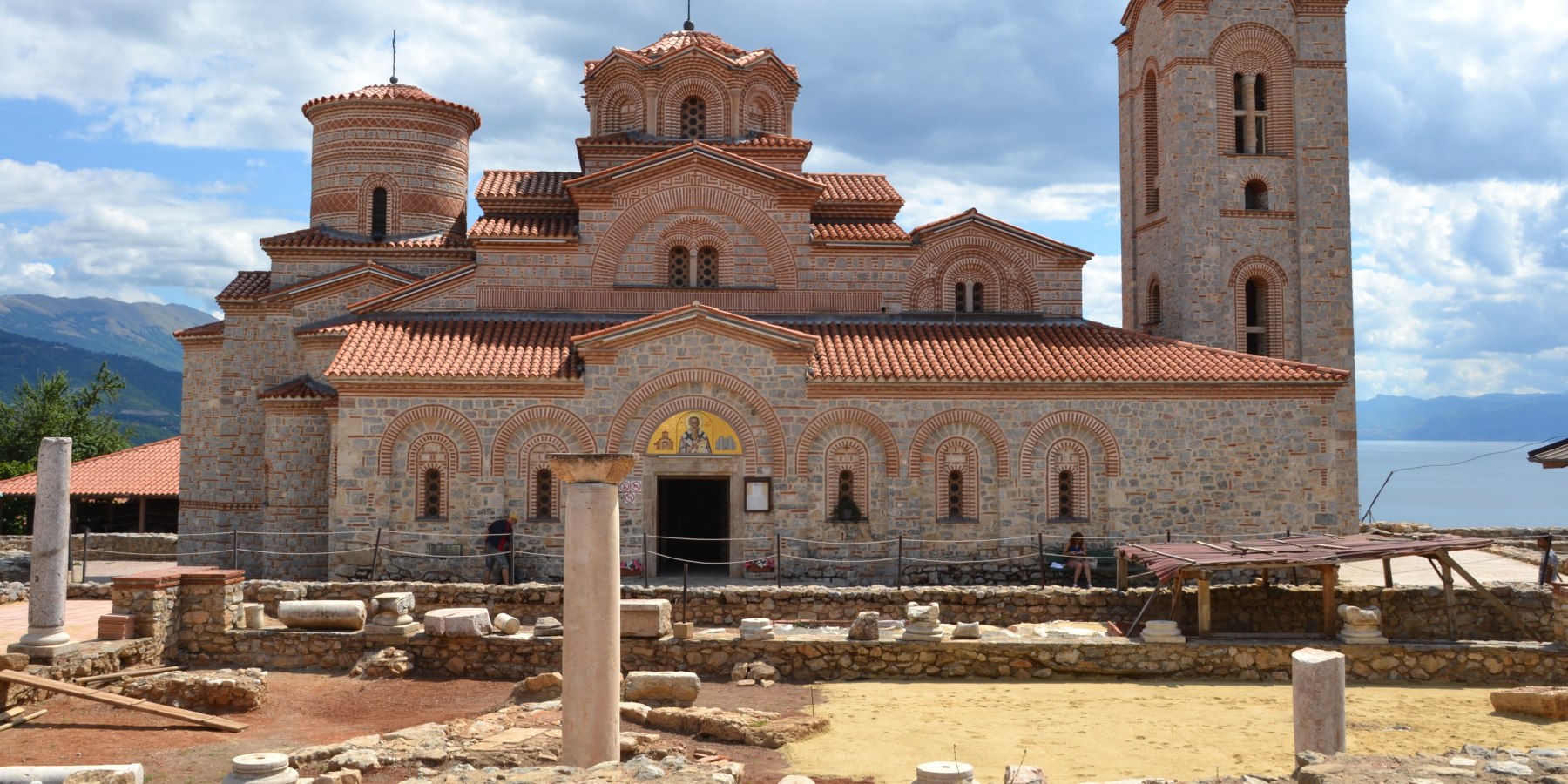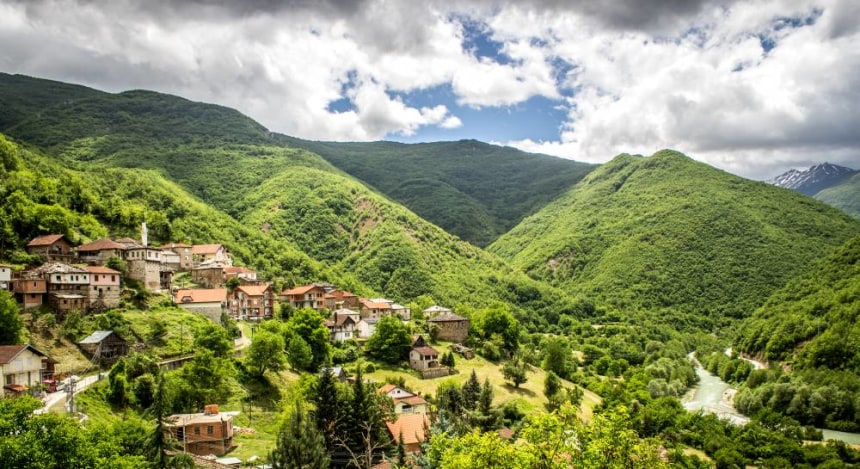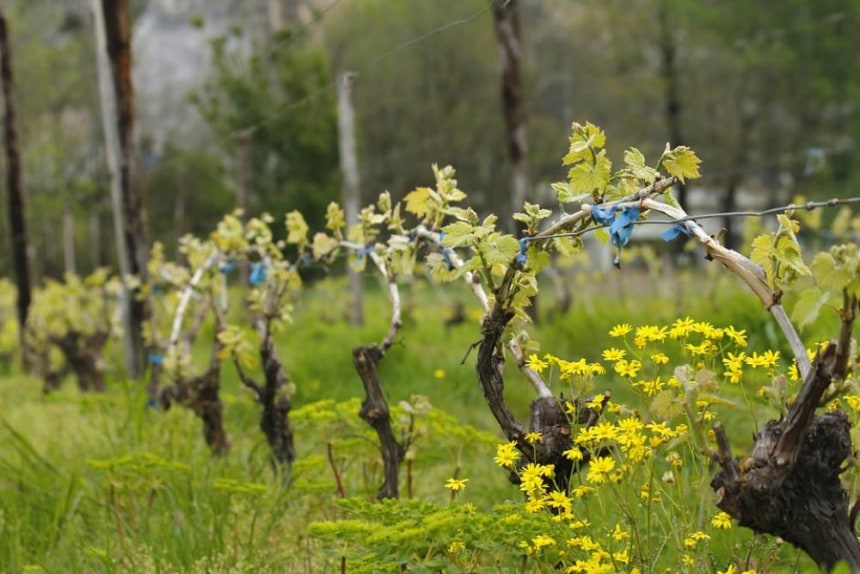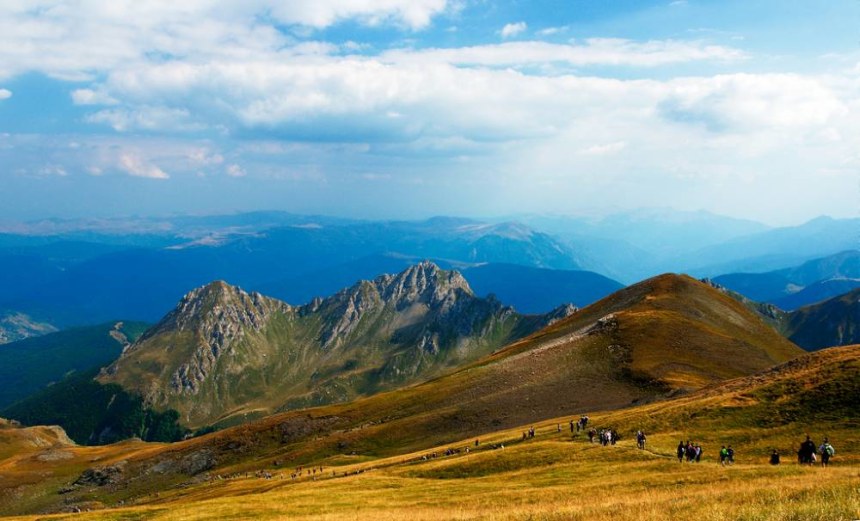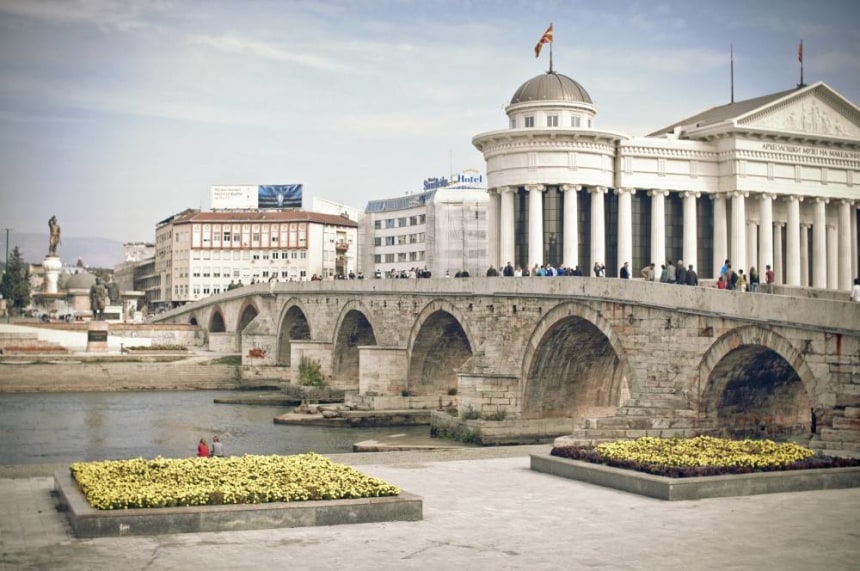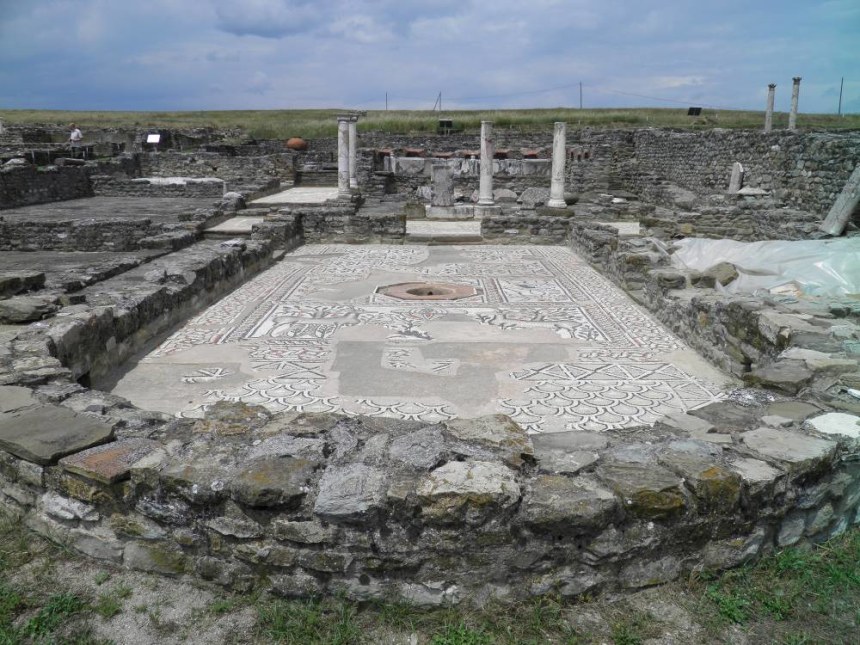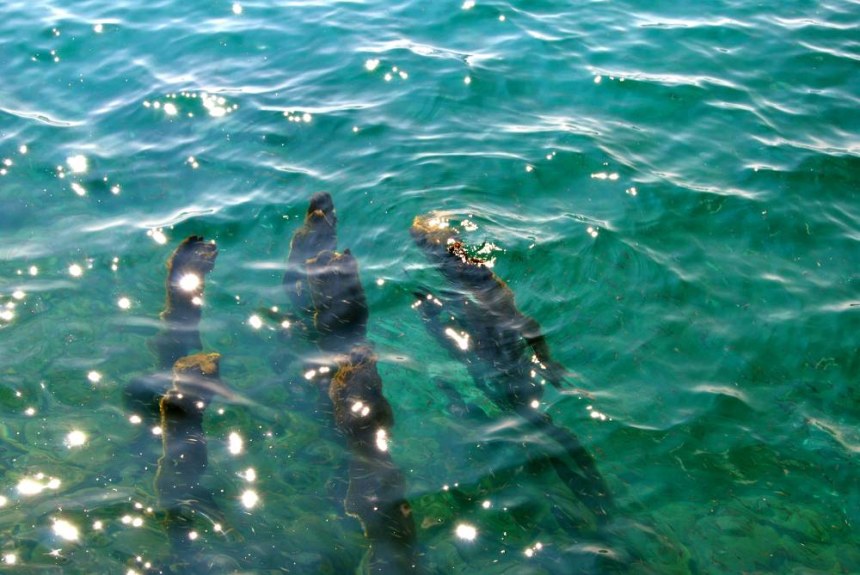| 6 mins read
By Joseph Francis
A long time has passed since Alexander the Great made Macedonia the centre of the known world with conquests ranging from the Greek Aegean to the Hindu Kush. Today, this landlocked country remains largely off-the-beaten-track on the European circuit; trodden by the occasional hiker enticed by the Šar Mountains, history buffs eager to unravel layers of Ottoman, Byzantine, Greek and Roman habitation, backpackers looking for Skopje’s student bars, or culture vultures keen to glimpse the Bay of Bones and crumbling medieval monasteries in the hills. Here is a Macedonia travel guide to the attractions and activities that make the sun-kissed, snow-dappled nation a real contender for all types of travelers hitting the continent this year.
Take a wine tour in Povardarie
This central highland area of canyons and gorges cut through by the Vardar River is unquestionably the best-known and most prolific of Macedonia’s wine regions. With a unique Mediterranean microclimate and rocky soils that are perfect for raising particular strains of vine, the area has been popular amongst growers since the Romans and their wine-mad appetites first strayed here in the second century BC. Today, travellers will find cellar doors and vineyards all over the place, along with package providers aplenty offering wine-oriented tour guide services that head to the likes of the Popova Kula winery, famed for its mastery of the local Stanushina grape, and Stobi, where fine-dining rubs shoulders with meticulously crafted Syrah and cuvée blended labels.
See Macedonia’s mountainous side
No trip to Macedonia could possibly be complete without heading for the mountainous backcountry, which erupts in a medley of rugged peaks and valleys, much of it mantled in snow or dressed in thickets of Spanish fir and spruce. In the west, the mighty Dinaric Alps move inward from the Adriatic and rise to peaks at Baba Mountain on the edge of Greece, Nidže, with its Greco villages and church-tipped Kajmakčalan, and the Šar Mountains which level out at 2,700 meters on Mount Korab. Meanwhile, the eastern ranges of the Rhodope are a breathtaking affair. Chiselled gorges drop steeply to montane forests; sparkling lakes lurk between karst hills and the hiking trails and ski fields of Ruen peak survey the Osogovo massifs of Bulgaria across the border.
Go lake hopping
It’s not just mountains that Macedonia is famed for; its lakes are also hailed as some of the most magnificent in Europe. The UNESCO World Heritage Site of Lake Ohrid is, of course, the piece de resistance, hailing in as one of the oldest bodies of fresh water on the planet and playing host to no fewer than 200 endemic species. What’s more, this unique biosphere is handsome to the hilt, with rustic reconstructions of Stone Age villages and the mystical monasteries of St Jovan in Kaneo amongst others lining its shores. Other must-see lakes include the manmade reservoir systems of Matka Canyon; a veritable rock climber’s mecca that was forged by the Matka Dam. Then there’s highland Mavrovo Lake, which transforms into a winter wonderland of snow-dusted fir forests and icicle-clad churches in the winter.
Taste city living in Skopje
Since being rumbled by seismic tremors in the 1960s Macedonia’s capital has enjoyed a period of rejuvenation and reconstruction. In the new centre, travellers can now find a mighty bronze effigy depicting a Macedonian horse warrior (thought by many to be a controversial monument to Alexander the Great) surrounded by lively boulevards shaded by poplars and populated with students and sleepless clubs. However this youthful energy is just half the story told by Skopje tour guides, who also showcase the tight-knit lanes of the Old Bazaar across the Stone Bridge of the Vardar River. Here, Byzantine homes and emporiums line the stone-clad streets and the enthralling exhibitions of the Museum of Macedonia and Museum of Modern Art beckon with their artifacts and artworks under the gaze of Ottoman mosques.
Make for the monasteries
Forming the Balkan meeting point between the Byzantine east and the European west for centuries, Macedonia now bears all the reminders of a intermingling of religious styles and an influx of orientalism. And nowhere is this more visible than in the legendary monasteries that pepper the nation’s backcountry. Some of the finest examples of these can be found at the Saint Jovan Bigorski Monastery in Mavrovo; set beautifully between lush green hillsides and home to relics of John the Baptist and others. Then there is the string of Byzantine cum Macedonian Orthodox cum Armenian builds that line up around the waters of Ohrid Lake, from the gorgeous clifftop Monastery of Saint Naum to the terracotta-topped St. Pantelejmon Monastery; pure magnificence from the get go!
Get lost between the old towns
Away from the Ottoman-esque bazaar of much-reconstructed Skopje, Macedonia boasts a whole host of other historical towns worthy of exploration, many dating back thousands of years to the times of the Greeks and Romans. Ohrid of the famous lake is certainly top of the list, cascading down to mirror-like shores in a medley of Roman theatres and fortresses constructed by the Serbs, Bulgarians and even Norman invaders throughout the middle ages. Next up is Kratovo, with its narrow lanes of cobbles weaving around stuccoed homes and Byzantine arches, all of it set deep in the crater of an old volcano. Finally there’s the likes of Stobi and its fantastic wealth of ancient ruins found rising from the flatlands on the edge of the River Crna. (Don’t miss the stepped Roman theatre here, or the resplendent mosaics and crumbling colonnades – they do well to evoke Macedonia’s deep past).
Feel alive with the adventure
Macedonia is also a fine place to get the adrenaline pumping and head for a little outdoors adventure. Popular pursuits here include horse riding on the rocky plateaus and aged bridal paths of Bistra Mountain, paragliding and hang-gliding through the gorges close to Skopje and Mavrovo, or hitting the waters of majestic Lake Ohrid for some scuba diving or sailing. Then there’s the winter sports, which centre on the pistes of Popova Sapka, a ski resort which soars to 2,500 meters above sea level and boasts 20 kilometres of groomed runs.
Joseph ‘Rich’ Francis is a freelance travel writer who has travelled extensively in Asia and Europe. He particularly enjoys the jazz bars of Poland, the ski slopes of Austria and the beaches and cities of India.
Image Details and Licenses: https://pixabay.com/photo-1063559/, https://flic.kr/p/gNTjZQ (Andres Arjona, CC BY-NC-ND 2.0), https://flic.kr/p/6UQQB6 (Chris Guillebeau, CC BY-NC 2.0), https://flic.kr/p/4ZuBCb (Osman Bedel, CC BY-NC-ND 2.0), https://flic.kr/p/4WjTtL (Hans Põldoja, CC BY 2.0), https://flic.kr/p/bVVdVT (Carole Raddato, CC BY-SA 2.0), https://flic.kr/p/isgHNy (Marco FieberCC BY-NC-ND 2.0) https://flic.kr/p/btk6gt (Manny MossCC BY-ND 2.0 ) https://flic.kr/p/akzRyg (gregorioszCC BY-NC 2.0) https://flic.kr/p/dipcxQ (Franx'CC BY-NC 2.0) https://flic.kr/p/eJWPCa (Marjan LazarevskiCC BY-ND 2.0) https://flic.kr/p/7Y1Gdq (Jaime PérezCC BY-NC 2.0)

